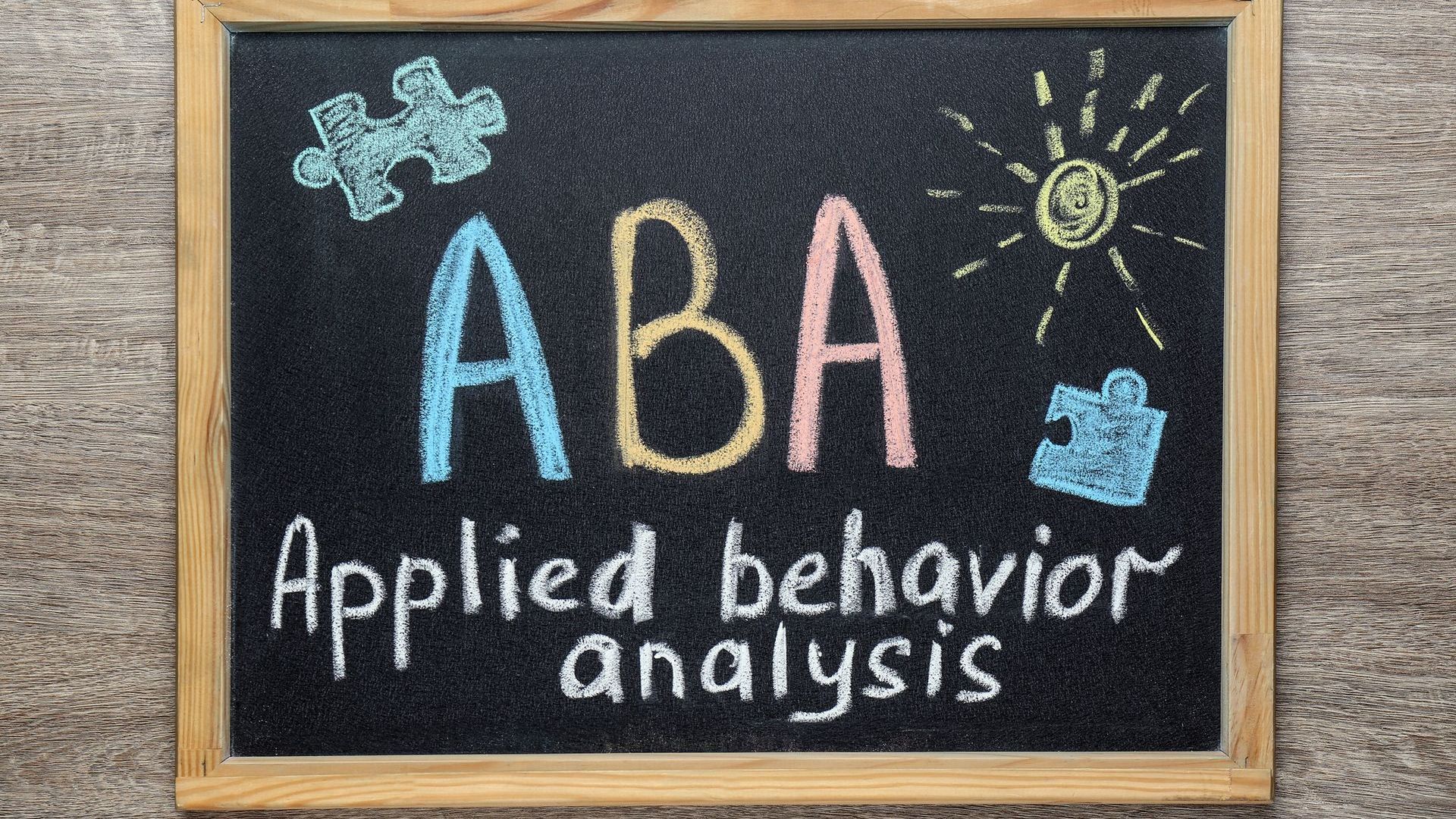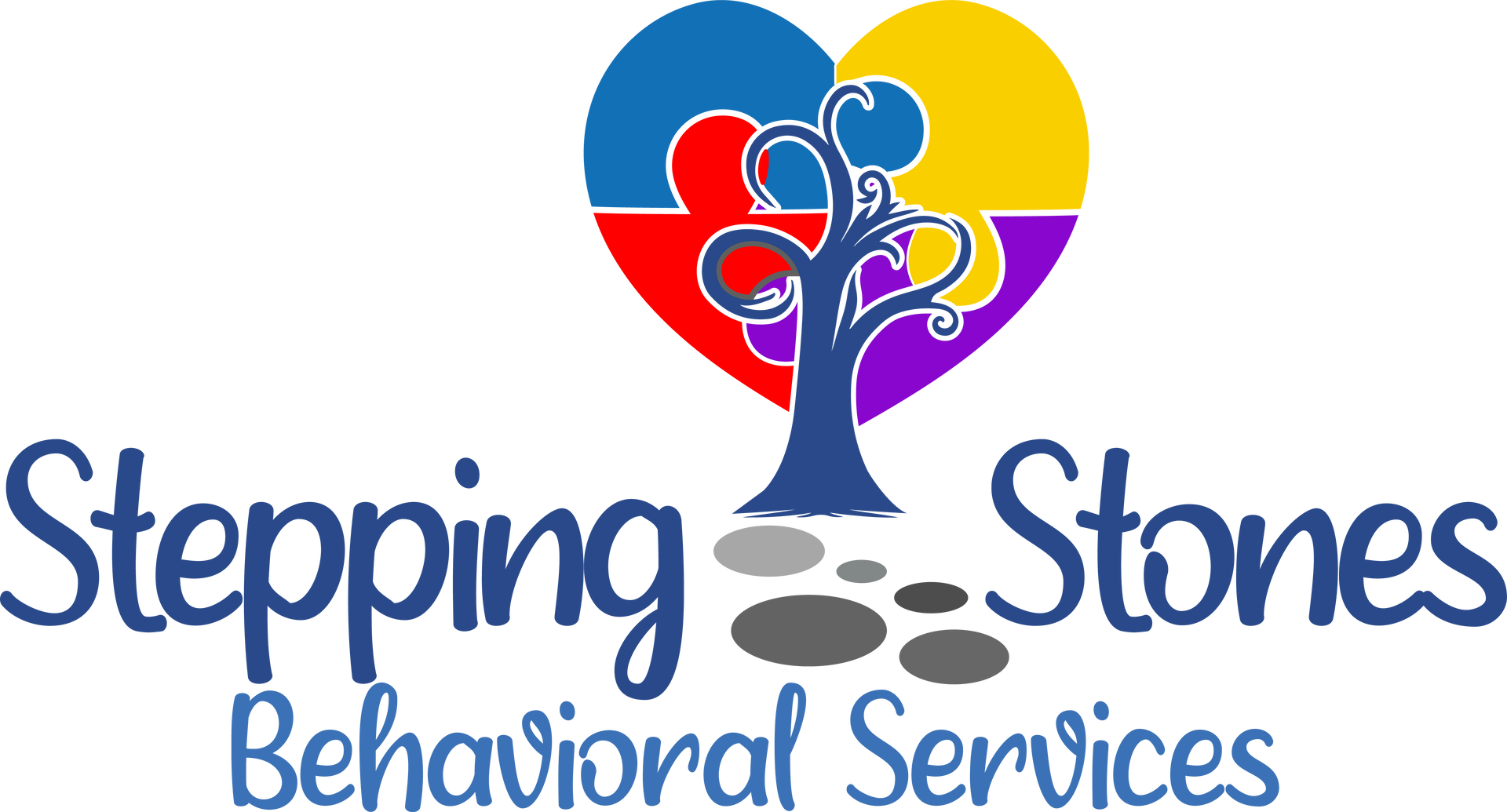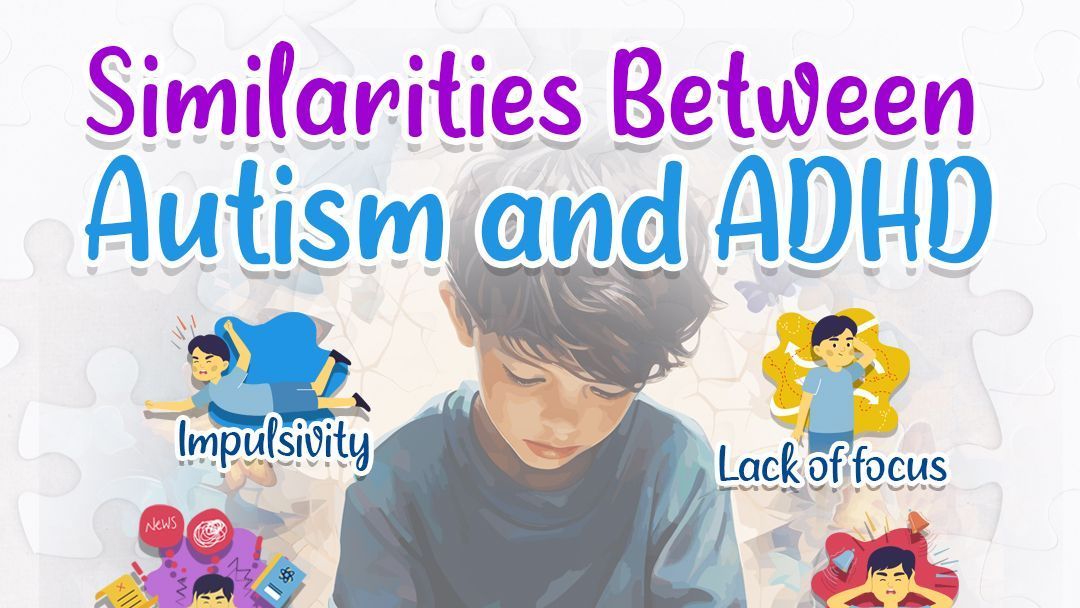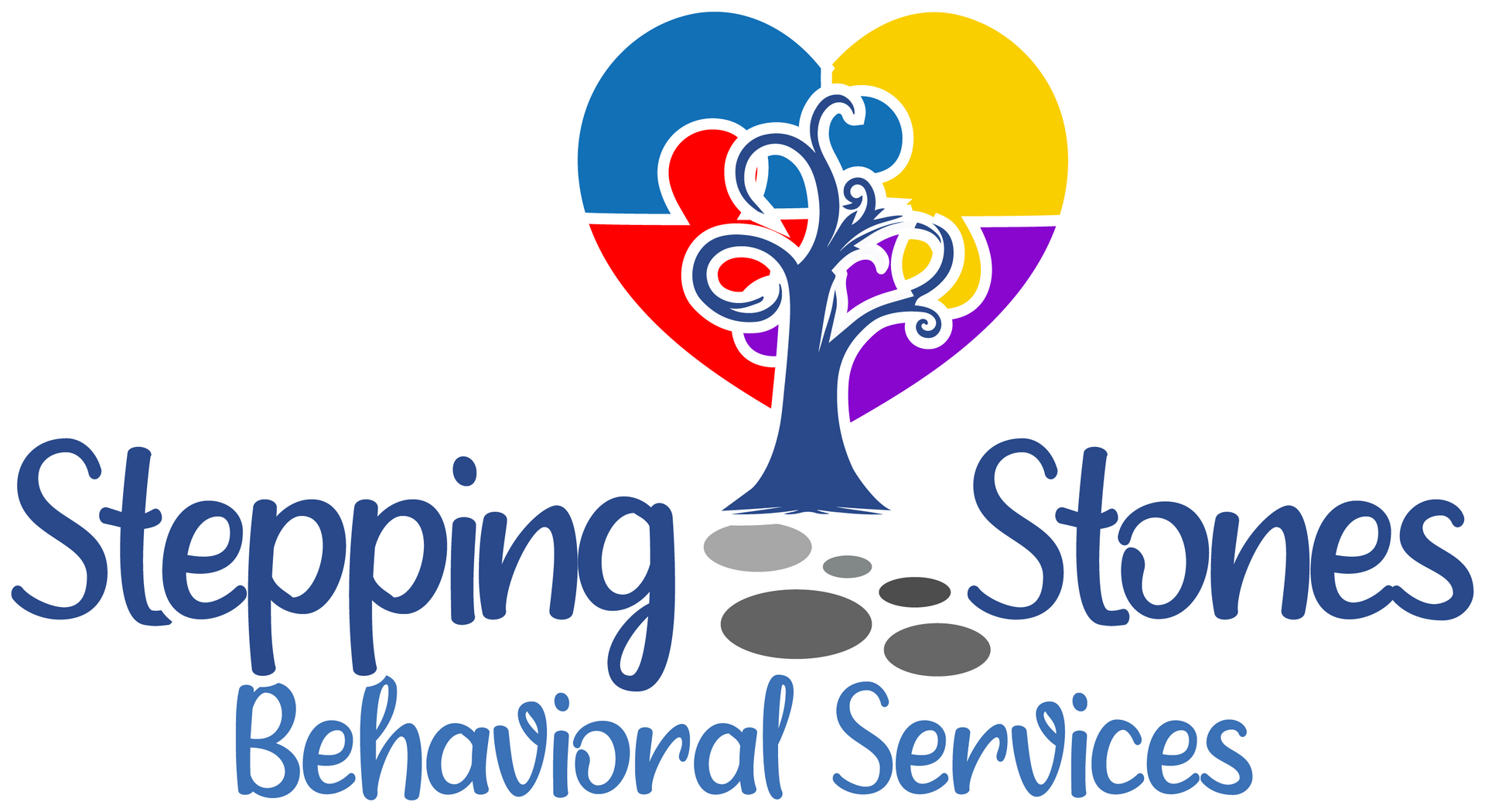
Now accepting new clients
What is ABA Therapy: Explaining the Basics and Benefits of ABA Therapy

What is ABA Therapy?
ABA therapy (Applied Behavior Analysis) is a scientifically proven approach that helps individuals with autism spectrum disorder (ASD) and other developmental conditions improve essential skills and behaviors. But what does this look like in practice? ABA therapy carefully examines what happens before and after an individual’s behavior. For example, when addressing any behavior, we observe what triggers it and what the immediate consequences are. This helps us understand why the behavior occurs and how to promote more positive behaviors.
At its core, ABA therapy focuses on observable and measurable behaviors. By closely analyzing these behaviors, behavior analysts can develop customized strategies to help individuals with autism spectrum disorder (ASD) improve vital skills, such as functional communication, following instructions, and enhancing social interactions. Functional communication is a fundamental element of ABA therapy, helping individuals express their wants and needs effectively. For those with verbal abilities, therapy may center on teaching the use of spoken words or sentences to replace challenging behaviors. For individuals with limited speech, alternative communication methods, such as the Picture Exchange Communication System (PECS), sign language, gestures, or augmentative and alternative communication (AAC) devices, may be introduced to promote meaningful communication.
The Basics of ABA Therapy
1. Understanding Behavior:
- ABA therapy starts with identifying why a behavior happens by understanding its function. For instance, if a child frequently throws tantrums, we investigate what triggers the behavior and what follows it to address and improve the situation.
2. Teaching New Skills:
- ABA therapy excels at teaching essential life skills, including safety awareness. For example, some individuals may have limited understanding of danger, such as crossing the street without looking for cars. ABA breaks down this skill into manageable steps, using repetition and reinforcement to build safety awareness.
3. Positive Reinforcement:
- ABA therapy encourages desirable behaviors through positive reinforcement, such as rewards or praise. For example, when someone follows directions to clean up, they might receive verbal praise, a high-five, or a small reward like a sticker. This immediate reinforcement helps build consistent, positive habits.
4. Custom Approach:
- ABA therapy is highly individualized, adapting to each person’s unique strengths, challenges, and goals. Whether it's teaching essential skills, developing communication methods for , or reducing challenging behaviors, the custom approach ensures everyone receives targeted support.
5. Tracking Progress:
- How do we know if someone is improving in ABA therapy? Continuous data collection is key. Therapists track behaviors and responses during sessions, allowing for data-driven adjustments to therapy.
Benefits of ABA Therapy
- Better Behavior: ABA therapy effectively reduces challenging behaviors by teaching appropriate ways to handle various situations. For instance, if a child screams to get attention, ABA therapy might introduce alternative behaviors like tapping someone or saying "excuse me," which are more socially acceptable and effective.
- Improved Skills: ABA therapy enhances several key skills, including functional communication, social interaction, and safety awareness. By focusing on receptive skills (e.g., following instructions) and expressive skills (e.g., communicating needs), ABA therapy helps individuals gain independence and confidence.
Conclusion
ABA therapy is a powerful, evidence-based treatment that provides individuals with autism spectrum disorder (ASD) and other developmental conditions the tools to improve their behavior, communication, and overall quality of life. Through personalized strategies, positive reinforcement, and continuous data collection, ABA therapy not only addresses challenging behaviors but also fosters the development of essential life skills, such as functional communication and social interaction.
Useful Links
All rights reserved | Stepping Stones Behavioral Services Inc.
Powered by Altech Web Design






